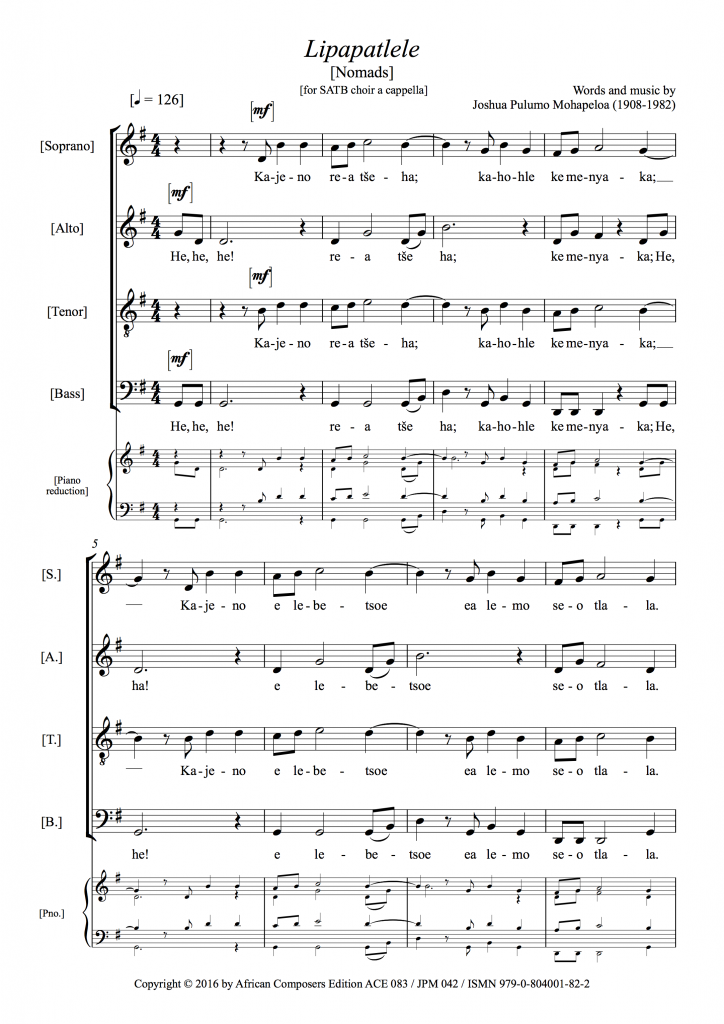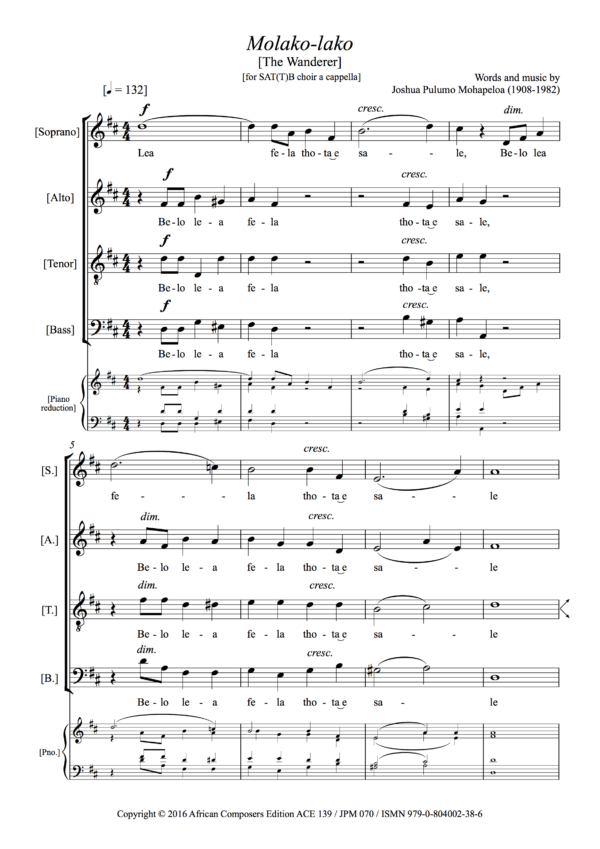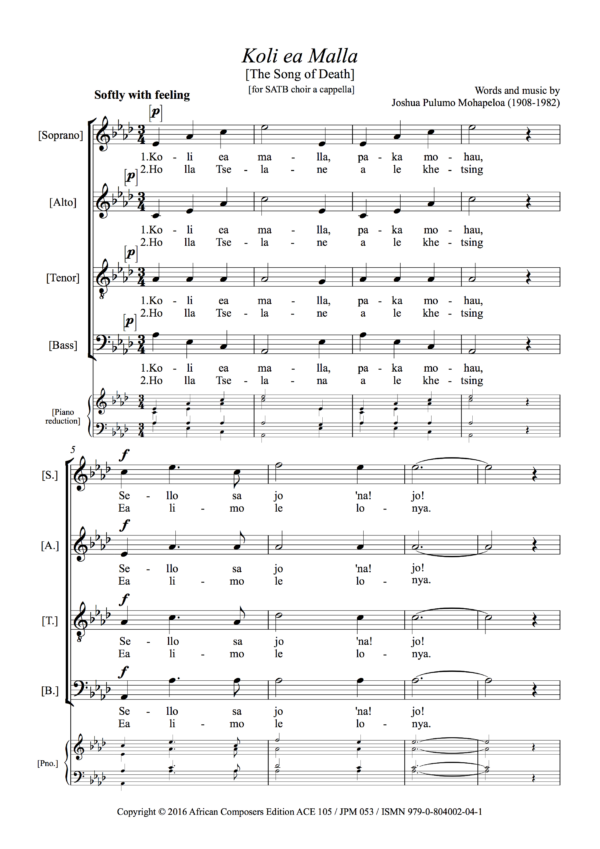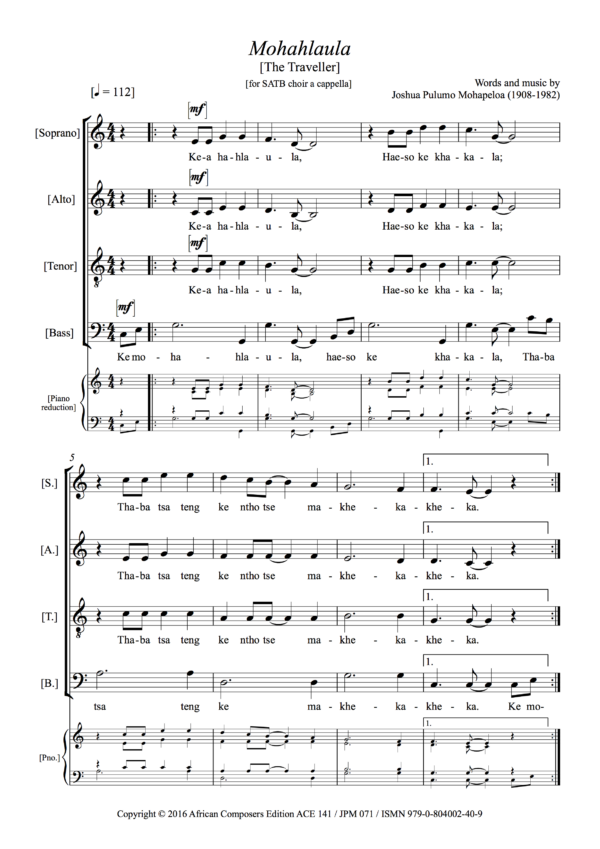Lipapatlele

R39.00
The exact ‘year of famine’ is not referred to in the text of ‘Lipapatlele’ but it is well known that Basotho have suffered famine every few years throughout their history: as a gathering of clans under Moshoeshoe I in the nineteenth century, through the regimes of subsequent rulers since Lesotho’s independence in 1966, right up to the present day. This is a small land-locked country with a population of only 2 million, much of its land is mountainous and not arable, the climate is extreme, and most Basotho are subsistence farmers who work very small plots. This means there is no ‘excess’ on a neighbour’s plot to tide people over: if famine affects one area, it affects everyone, and so when crops (beans and cabbage) are not abundant, people cannot sell them to buy other essentials. Climate change is naturally making the risk of drought and famine higher every year.
Related works
Koli ea Malla
R39.00



